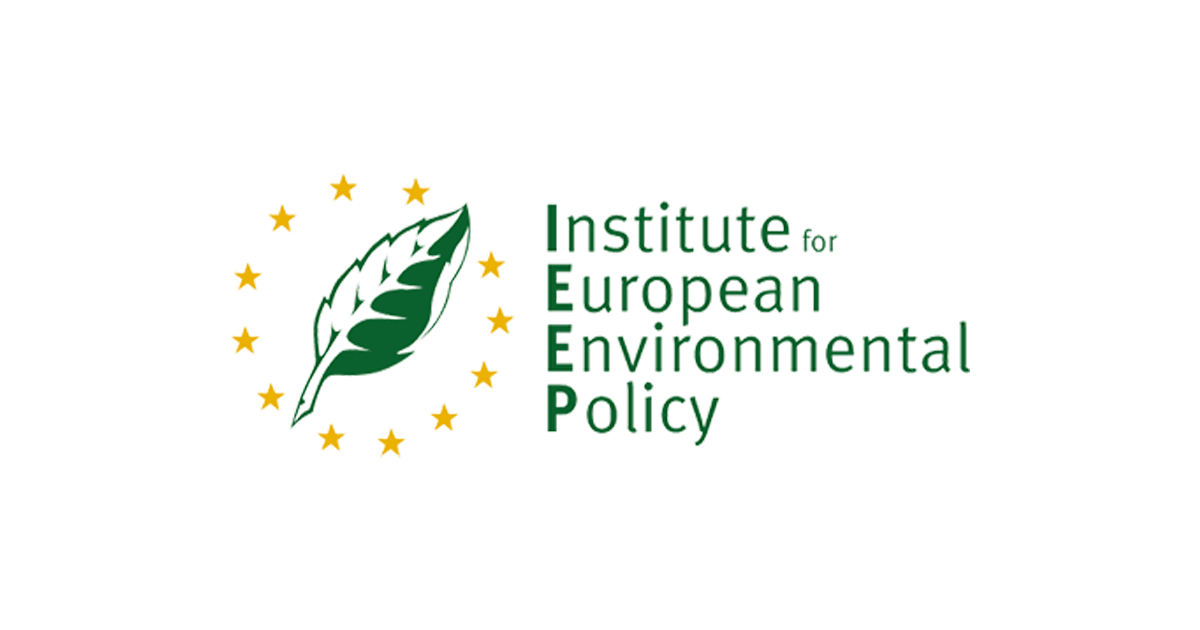KEYWORDS: fragmentation-climate change
IEEP played a key role in the production of a newly published guidance document on the maintenance of landscape connectivity features.
The guidance, developed jointly by IEEP, IUCN and Ecological Solutions, aims at assisting Member States in addressing the threats of fragmentation and climate change and contribute to improving ecological connectivity in the EU.
Many of Europe’s habitats are highly fragmented and at risk of further fragmentation due to ongoing land-use changes. Fragmentation results in habitat loss and degradation. It also constrains movements of species between habitats. Furthermore, fragmentation reduces the capacity of habitats and species to adapt to climate change.
For example, it may limit the ability of some species to move to new areas that have suitable climatic conditions. Clearly, fragmentation and the added impacts of climate change are major threats to biodiversity within the EU. These threats also have broader implications, as they can ultimately jeopardise the provision of ecosystem services and the related socio-economic benefits.
Improving the ecological connectivity between habitats, including protected areas, can reduce the negative effects of fragmentation. The significance of ecological connectivity in biodiversity conservation has been widely recognised. The EU Habitats and Birds directives include provisions to enhance ecological connectivity between protected areas and across the wider environment. The EU Biodiversity Action Plan also calls for measures to support connectivity within landscapes. Despite the Community level support, however, the implementation of measures to improve ecological connectivity in Member States has been rather slow.
In 2006 the European Commission initiated the development of guidance on how to improve ecological connectivity within landscapes. The Guidance aims to help develop and implement integrated ecological connectivity related measures that contribute to the maintenance or restoration of the Favourable Conservation Status of species and habitats of Community interest in accordance with requirements of the Habitats and Birds directives. In particular it provides guidance on implementation of Article 10 of the Habitats directive and Article 3 of the Birds directive. It also aims to support the connectivity and climate change objectives in the EU Biodiversity Action Plan.

